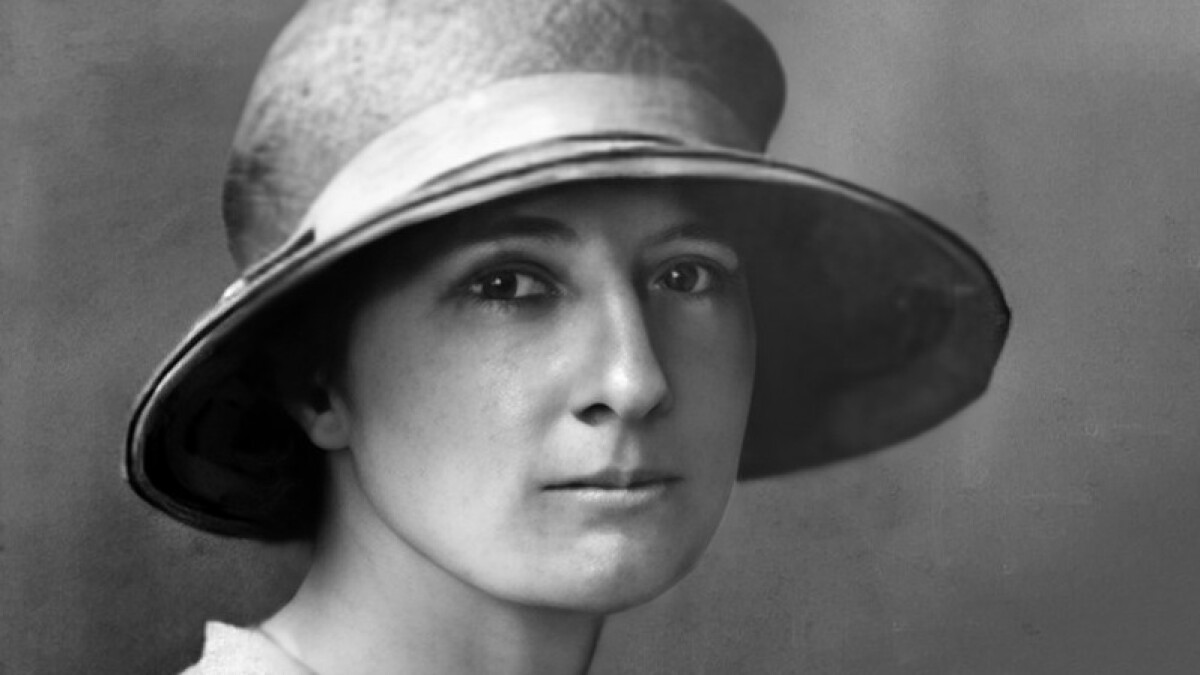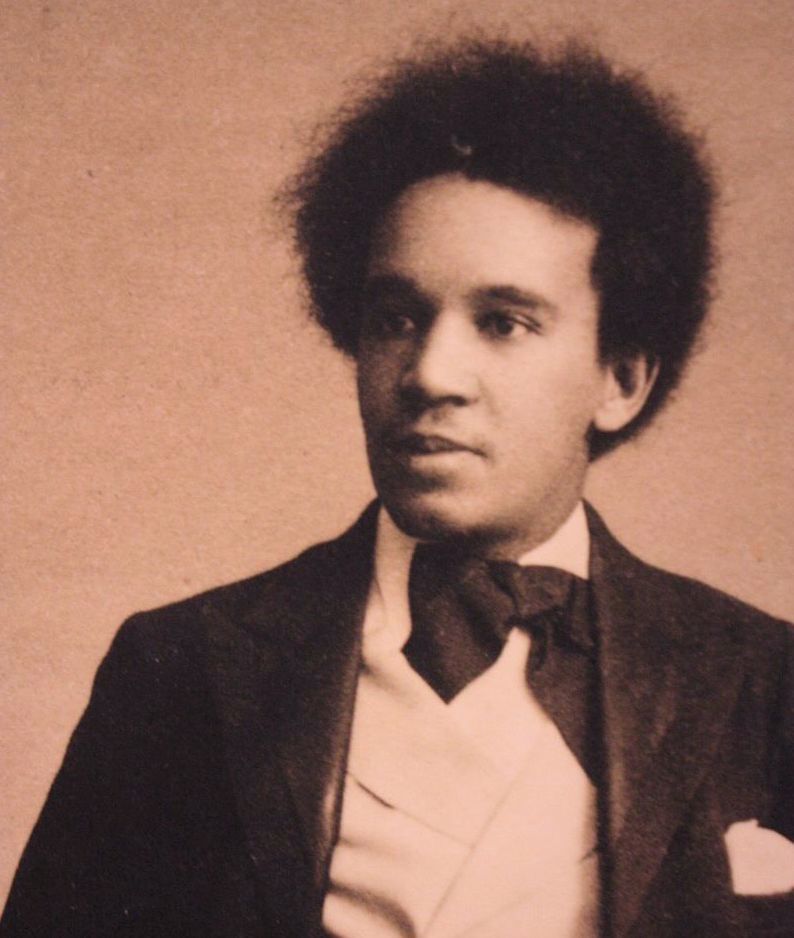Until recently, the name Ina Boyle was something of an enigma. Although she was one of the most prolific composers in Ireland during the first half of the 20th century, her vast corpus of music—including choral, vocal, chamber, and orchestral music as well as ballet and opera—remained virtually unknown and absent from the repertoire of performers for almost a century after her death. She is historically important as the first woman in Ireland to compose a symphony (Symphony No. 1, “Glencree,” 1927), a concerto (Violin Concerto, 1935), and a ballet (Virgilian Suite for small orchestra and dancers, 1930–31), and she is additionally significant in becoming the first woman ever to be published by the prestigious Carnegie Trust Competition, an achievement which made several London newspaper headlines in 1920.
A reclusive figure who never married, Boyle spent her entire life in her family residence of Bushey Park, Enniskerry, Co. Wicklow. Perhaps most peculiar is the emergence of her lifelong devotion to composition from this remote environment, where opportunities to hear live orchestral music or have her music published were non-existent. Her early years were marked by a secluded upbringing within an Anglo-Irish family, consisting of her parents and sister, Phyllis. In keeping with a home-schooled education, she was first introduced to music lessons by her father, Rev. William Foster Boyle, and later taught violin and cello by the family governess. Her natural affinity for composition prompted lessons in theory and counterpoint with Samuel Spencer Myerscough as well as training via correspondence with Charles Wood, who was married to her first cousin, Charlotte Georgina Wills-Sandford.
Throughout the initial decades of the 20th century, Boyle studied privately with many influential Dublin-based figures including Percy Buck and Charles Kitson and, from 1923 onward, made periodic visits to London by steamship for lessons with Ralph Vaughan Williams. More so than her previous teachers, Vaughan Williams acted as a source of personal and professional support to Boyle, although she always retained the formal title of “Dr VW” when referring to him in her diary. In fact, he became the epicenter from which Boyle’s small network of contacts emerged—she forged friendships with a supportive network of women composers active in London, including Grace Williams, Iris Lemare, and Anne Macnaghten.
Boyle’s compositional career spanned the First and Second World Wars, the Irish War of Independence (1919–21), and the Irish Civil War (1922–23). Such political circumstances and resultant violence directly impacted the circulation of her music. For example, the outbreak of the Second World War in 1939 interrupted her lessons with Vaughan Williams and cut her off from the musical landscape in which she had initially gained recognition. She would not return to London until 1951, after her father passed, by which point demand for her music had greatly diminished.
Despite many achievements, Boyle faced a great deal of rejection throughout her life from publishing companies, musical directors, and performers alike. She created a logbook documenting successful and unsuccessful attempts to have her music performed and/or published, and it contains a heartbreaking stream of refusals. As a result, she had to self-facilitate performances of her music, and she often pai for her own publications, which impacted the posthumous accessibility of her music. Despite the relentless rejections that she faced, Boyle continued composing throughout her life and sending scores to conductors and choir directors. She leaves behind a musical legacy that reflects the creativity, independence, and resilience of a composer who remained steadfast in her dedication to her craft.
About the songs
Boyle’s earliest compositions were songs, a form that she continued to explore and develop throughout her life. In total, she composed approximately seventy songs, though only two were published during her long compositional career: “A Song of Enchantment” and “A Song of Shadows” (1922), both settings of texts by Walter de la Mare. She composed her vocal music in isolation at her home residence, Bushey Park, where she drew inspiration from the idyllic rural backdrop of the Great Sugar Loaf Mountain.
Boyle’s settings encompass an eclectic range of poetry, spanning sacred and secular texts across historical periods. Exceptionally well-read, she set Elizabethan poets, Shakespeare, Walt Whitman, Longfellow, and other English poets of her time, as well as poems by her favourite Irish writers such as Winifred M. Letts, Eva Gore-Booth, Pádraig Pearse, W.B. Yeats, James Stephens, Austin Clarke, and George Russell (Æ). A fellow composer and arguably Boyle’s closest friend, Elizabeth Maconchy, provides insight into the profound literary sensibility of her music (An Appreciation, 1974):
Ina’s inspiration almost always came from poetry. … She was always faithful to the mood and meaning underlying the words and to their shape and rhythm, never distorting them for musical effect, but allowing them to speak more fully through her music.
Boyle’s recently revived output of vocal music reveals a sophisticated treatment of text and an often ethereal character, which conjures an introspective atmosphere indicative of her solitude. When listening to these songs, one may be captivated by the visionary imagination, creativity, and nuanced perspective of a composer who contentedly resided on the outskirts of society, as an observer of the world.
—Written by Orla Shannon
Additional Resources
- Beausang, Ita. “An Olympic Lament.” Journal of Music (2012).
- Beausang, Ita and Séamus de Barra. Ina Boyle 1889–1967: A Composer’s Life. Cork University Press, 2018.
- Broad, Leah, in interview with Nicola LeFanu, Rhannion Mathias, Odaline de la Martinez, Eric Saylor, and Orla Shannon. “An Unconventional Teacher.” Sunday Feature (BBC Radio 3, 2022). Produced by Caroline Donne.
- Burn, Sarah. “Ina Boyle.” Grove Music Online (2001).
- Ina Boyle Official Website established by the Ina Boyle Society Limited.
- Maconchy, Elizabeth. Ina Boyle: An Appreciation, with a Select List of her Music. Four Courts Press, 1974.
- Shannon, Orla. “Ina Boyle.” The Big List (Donne Women in Music, 2023).
- Ina Boyle: Songs. Paula Murrihy (mezzo soprano), Robin Tritschler (tenor), Ben McAteer (baritone), Iain Burnside (piano). Delphian Records DCD34264, 2021, compact disc.
- “The Power of Persistence—Ina Boyle.” In The Invisible Art: A Century of Music in Ireland, 1916–2016, ed. Michael Dervan. New Island, 2016.




